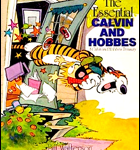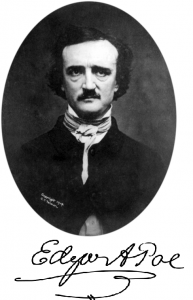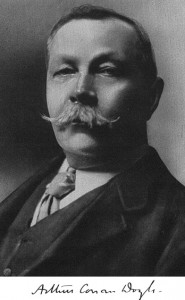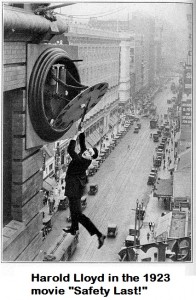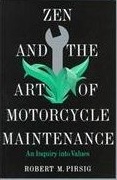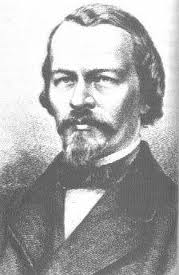 In the movie “Pirates of the Caribbean: The Curse of the Black Pearl,” several pirate characters throughout the movie mention the Pirate Code in reverent tones. Late in the film, Captain Barbossa reveals, “the Code is more what you’d call ‘guidelines’ than actual rules.”
In the movie “Pirates of the Caribbean: The Curse of the Black Pearl,” several pirate characters throughout the movie mention the Pirate Code in reverent tones. Late in the film, Captain Barbossa reveals, “the Code is more what you’d call ‘guidelines’ than actual rules.”
Today I’ll discuss writing rules your grade school teachers taught you, and whether following them is something you must do, or should do. When teaching young children, it is often best to give them black-and-white rule sets. That’s a lot easier to understand than wishy-washy grayness, the actual messiness of the real world.
However, if you aim to be a writer of fiction for the modern marketplace, it’s time to let go of some of those rules. If, as you write, your mind’s eye sees your teacher from long ago admonishing you to follow one of the rules below, try deliberately violating the rule even as your teacher watches. Steady practice at this should make the visions of your teacher go away.
- Always use complete sentences. Not only did your teacher tell you that one, but word processing software often alerts you when you’ve created a sentence fragment. It’s fine as a general rule, but there are times when your story requires a sentence or thought to be emphasized, to stand out. An occasional fragment is okay when used deliberately for such a purpose.
- Don’t begin sentences with ‘And’ or ‘But.’ Your teacher might have extended this rule to all connecting words—conjunctions—which also include ‘or’ and ‘yet.’ Traditional English sentences require that such words, when used, connect two clauses. Again, if your second clause needs special emphasis, go ahead and set it apart with a separate sentence. But remember to use conjunctions properly when you do, according to their meanings.
- Never end a sentence with a preposition. This is an ancient rule imposed by grammarians who wanted to make English more like Latin. The rule is long discredited now, or should be. No one buried it with more flare than Winston Churchill when he wrote, “This is the type of errant pedantry up with which I will not put.”
- Always use proper paragraph form. By this your teacher meant paragraphs should have topic sentences, then sentences that build on or substantiate the topic sentence, and then a concluding sentence. Therefore, by that rule, you would never have a paragraph consisting of just one sentence. In fiction writing you can throw that rule out. Just tell your story. Paragraphs are useful to break up the text, to give white space so the reader catches a breath now and then. Paragraphs also help to group like thoughts together. A one-sentence paragraph now and then for emphasis is permitted.
- Don’t use long sentences. Many people confuse these with run-on sentences, which are different, and it’s still a good rule not to use them. The thing about long sentences is, your reader could become lost and confused wading through all the ‘ands,’ ‘buts,’ em dashes, commas, and semicolons. Use a long sentence (over, say, forty words) if you need to, but do it for effect and make it easy to read.
- Never split an infinitive. Stated differently, the rule is to never split an infinitive. This rule, too, once created controversy but the battle is pretty much over. You may now split with impunity. Go with what sounds right to you.
If you are still in grade school, follow the rules presented by your teacher, (knowing you can break some of them later when your grades are no longer at stake). For the rest of you, remember your main job as a writer of fiction is to move your reader emotionally. If the story demands it, go ahead and break some of these rules. Like the Pirate Code, they’re more what you’d call guidelines. Take it from that one-time pirate and noted rule-breaker…
Poseidon’s Scribe


